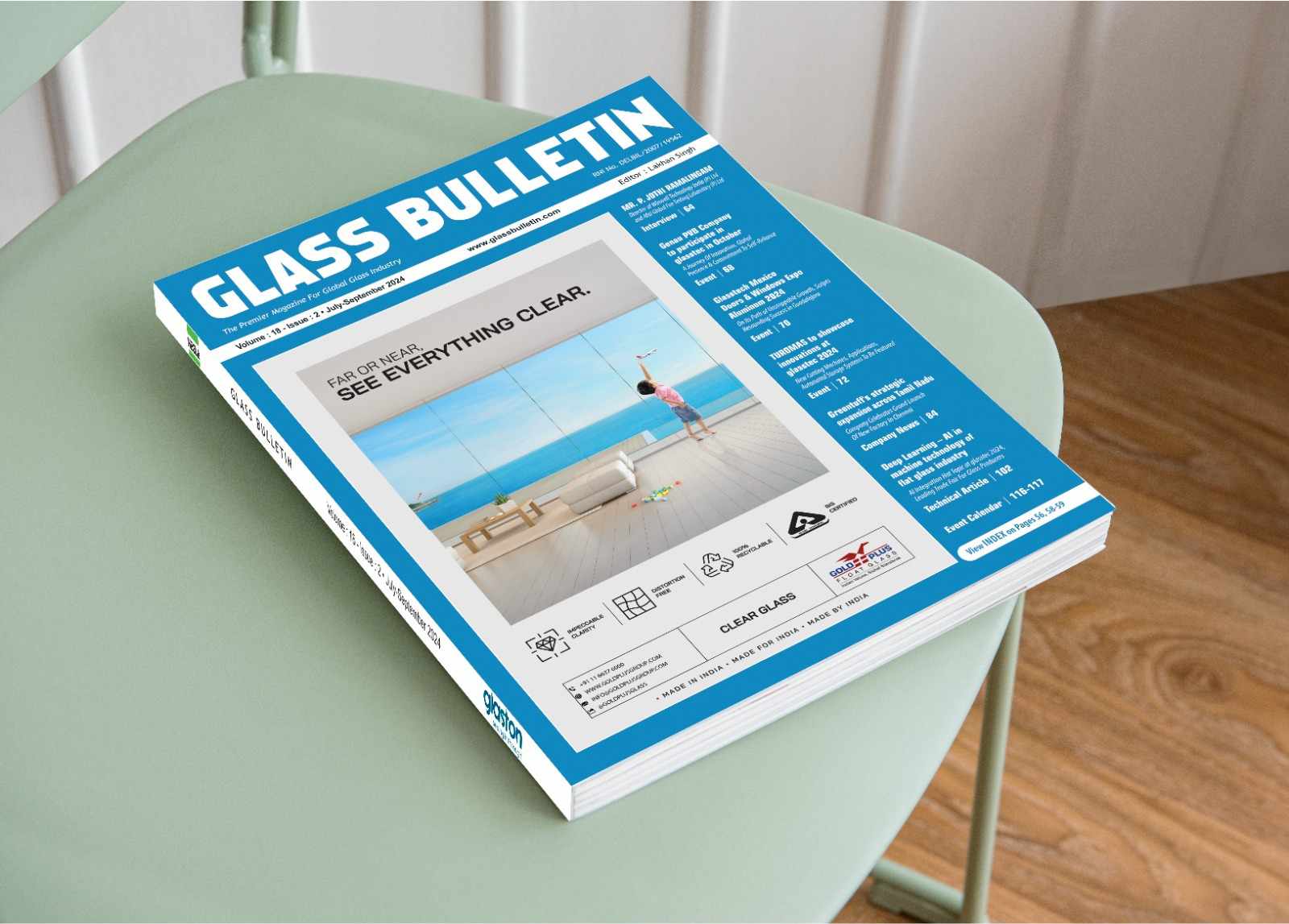Fensterbau Frontale marks the return of trade fair activities for the window and glass industry from 12 July 2022. Germany’s HEGLA Group will be showcasing a whole host of storage, handling and transport solutions at their booth, alongside shop-floor logistics and the digital added value delivered by laser marking.
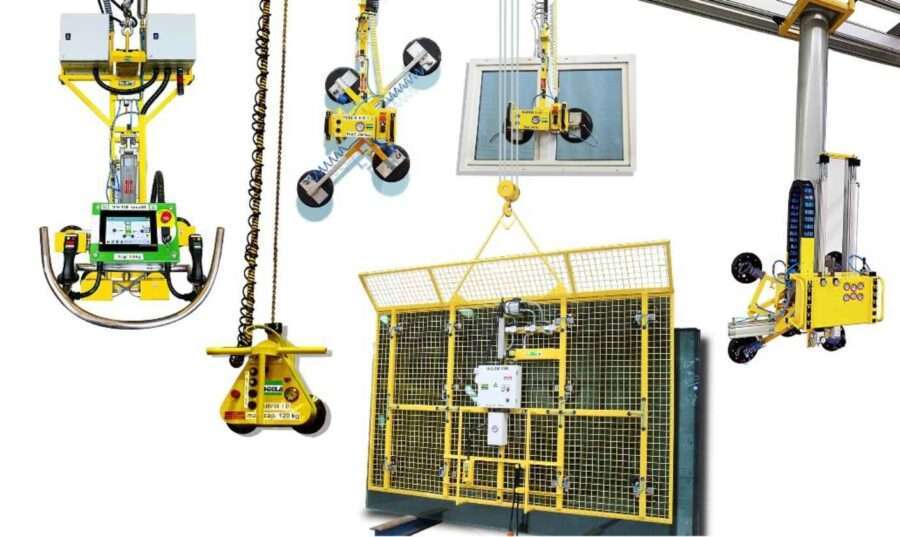
Robust, safe handling devices of German quality
The premiere was planned for 2020, but since Fensterbau Frontale did not take place that year, the devices are now being presented for the first time at the HEGLA booth – and back under their own brand name. With pillar-guided Isofix and chain-guided Hubfix, HEGLA is providing insight into handling solutions for windows, structural elements and glass. “Our robust and user-friendly devices are produced in Germany,” said Senior Product Manager Holger Brechtelsbauer. “We have suitable and safe solutions for any application and are pleased that we can finally exhibit them!”

Vehicle attachments for glass and windows
Exterior racks are part of the basic equipment for a glass or window van. Further conversion options can be considered for a Renault Master or a Ford Transit Connect, for example. A tool cabinet system and a divided, folding interior rack are additions to the Renault that ensure a professional impression and provide protected storage space for high-quality goods. A further special product is visible on the Ford Transit Connect: For narrow streets, the horizontal support of the exterior rack can be folded upwards and if necessary, the height-adjustable rack can be adapted for low headroom. “The requirements for logistics are increasingly stringent,” said Marc-Alexander Stachel, the future managing director of HEGLA Fahrzeugbau. “Together with our customers and vehicle manufacturers, we are constantly developing new solutions. Our most recent project led to a lightweight attachment for an electric vehicle.”
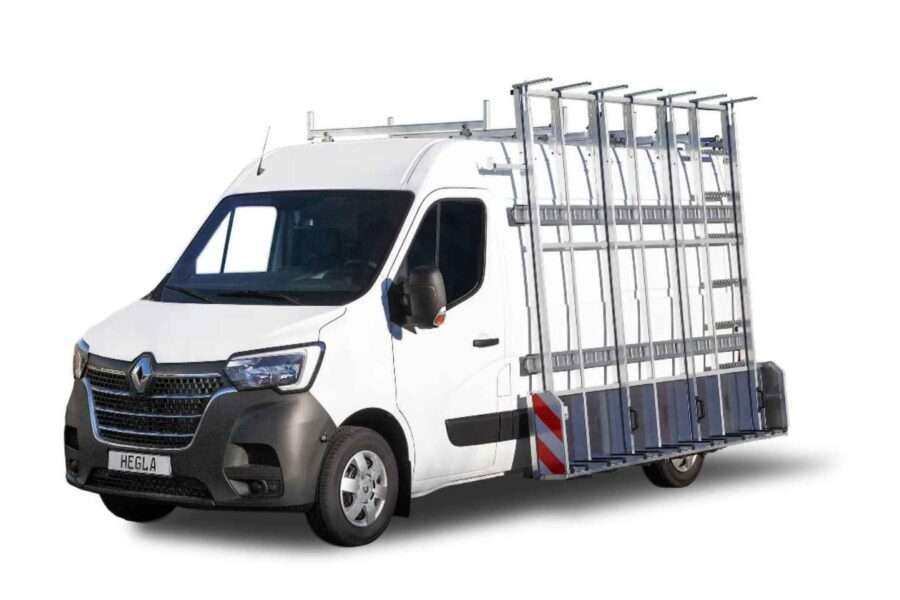
Up to 50 per cent more capacity for long-length storage
Our compact storage system for long-lengths promised up to 50 per cent more storage capacity and all profiles with direct access. The cantilever arm shelves mounted on rails are side by side and do not require an operator aisle. Depending on the design, the system shelves are pulled out for loading and unloading or moved to create a handling opening between them. “The material can be deposited or removed by direct access with no re-stacking required,” explains Hendrik Boche from HEGLA in Kretzschau. “A range of modules adds flexibility and enables the clearly arranged storage of single profiles that can be pulled out of the storage system from the front.”
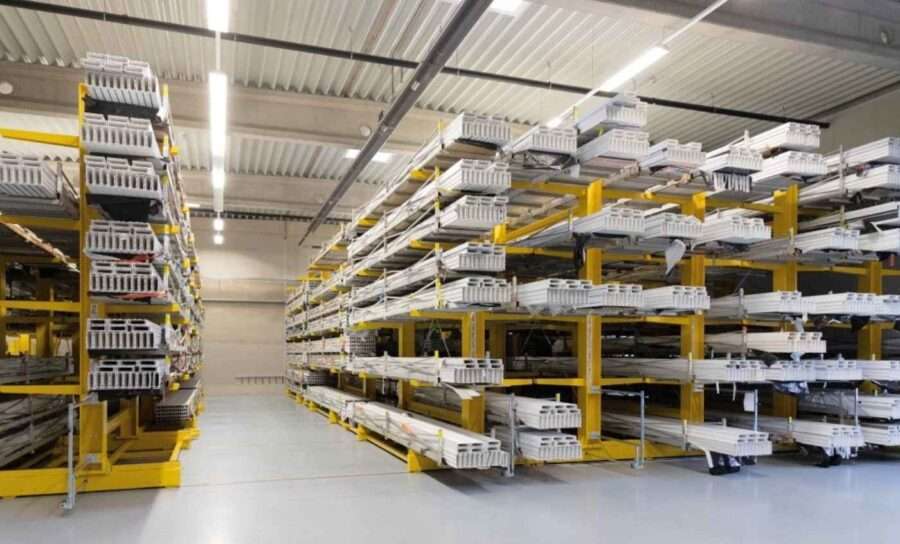
Digital added value with laser marking
Digital added value is the focus at HEGLA boraident, whose Windowmarker provides a process for the unique, machine-readable marking of windows and doors. In line with customer needs, a logo, QR code, data matrix or barcode is added to the profiles via laser. “As a first step, marking fulfils the purpose of manufacturer’s proof, which is an advantage for projects with various suppliers,” explained Dr Thomas Rainer, Head of Development at HEGLA boraident. The spectrum of digital options depends on the user’s level of data integration. The profile ID can be saved in the ERP system or copied from it as required. With a handheld scanner, via app or using a stationary solution, the profile is identified with process reliability and the information stored in the marking can be accessed. In-house, laser marking can be used to replace control slips and production stickers. All data is read out via scan, triggering processes in processing centres or shipping. A unique ID is also practical outside of production: the app can be used to access a fire safety certificate, for example, document a shipment via scan, or input an identical order with just a single click.
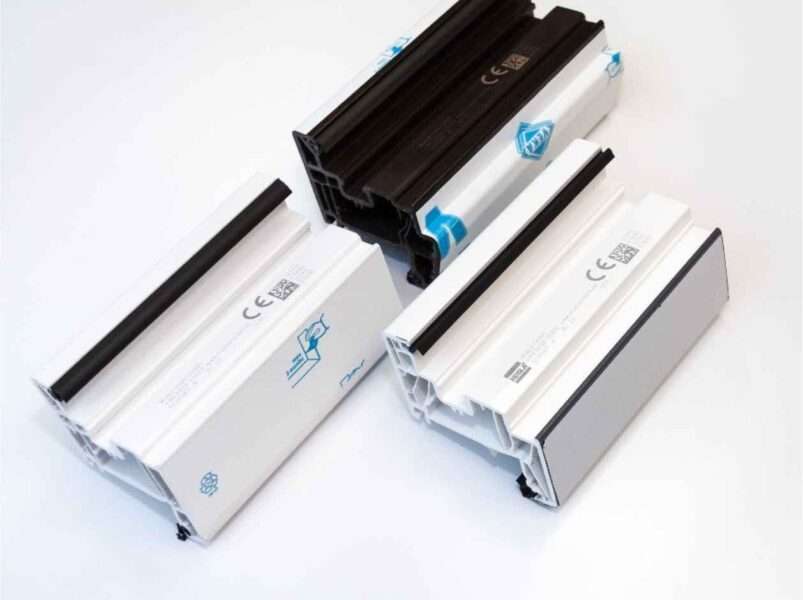
“We look forward to meeting everyone in person in Nuremberg and having interesting conversations, exciting exchanges, and the opportunity to present products and solutions up close again,” adds Marc-Alexander Stachel.

Press Officer
HEGLA GmbH & Co. KG
37688 Beverungen, Germany
Carsten Koch
Tel: + 49 (0) 5273 905121
Email: carsten.koch@hegla.de
